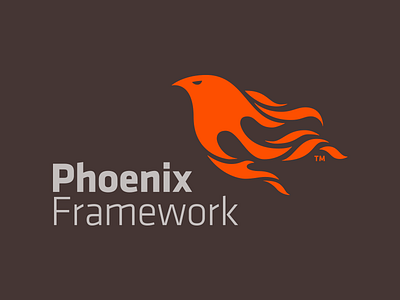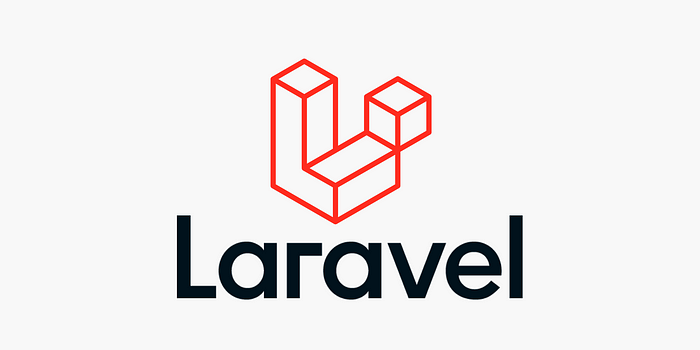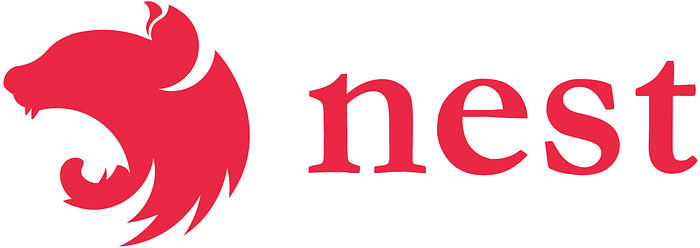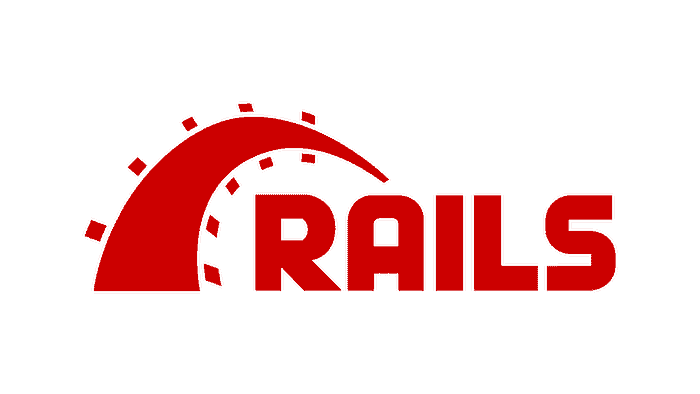
In recent years, I’ve found great joy in navigating the intricate world of backend development. Throughout this exciting voyage, a recurring question has provoked my curiosity: What is the ultimate backend framework? With numerous options available across various programming languages, pinpointing the optimal choice can seem daunting. Thus, I present to you my top ten backend frameworks to consider this year, each rigorously rated on a 10-point scale based on performance, scalability, ease of use, security, and support from the community and ecosystem. Buckle up as we embark on this insightful exploration.
10. Phoenix (Elixir)

Phoenix emerges at number 10 in our lineup, captivating the realm of web development with its impressive capabilities. This remarkable framework, penned in the functional language Elixir and birthed by the proficient Chris McCord in 2014, was designed to facilitate real-time applications efficiently on a grand scale.
Endowed with the power of the Erlang VM (BEAM), Phoenix adeptly surpasses constraints that once limited Ruby on Rails. Its forte shines brightest in real-time features, making it the go-to framework for crafting chat applications, collaborative tools, or dynamic live dashboards. The support for WebSockets contributes to creating engaging user interfaces that respond in real time.
Erlang VM lends unparalleled performance by juggling many tasks in parallel. Its remarkable process management capabilities and resilience to faults allow seamless handling of significant data volumes and traffic.
However, the learning curve may be somewhat steep for those accustomed to object-oriented paradigms due to Elixir’s clean yet functional syntax. While the Phoenix framework safeguards against typical web threats with inherent defenses against cross-site scripting (XSS) and cross-site request forgery (CSRF), the burgeoning Elixir and Phoenix community means fewer readily available resources.
Though debugging intricacies and finding skilled developers may pose additional hurdles, the sheer robustness of Phoenix when managing real-time features, combined with the dependability of the Erlang VM, positions it as a viable solution for projects, even if the learning curve appears steep.
A quick scorecard:
- Performance: 1.75/2
- Scalability: 1.75/2
- Ease of Use: 1.25/2
- Security: 1.75/2
- Community & Ecosystem: 1/2
Framework Rating — 7.75/10
9. Flask (Python)

Occupying the ninth slot is Flask, a microframework that has earned its reputation for simplicity and elegance within the Python ecosystem. Diverging from fully stocked environments like Django, Flask opts for a minimalist core, inviting developers to customize with chosen components and libraries.
Its lightweight nature renders Flask a highly adaptable choice for projects spanning small APIs, microservices, or even more ambitious web applications. What truly sets Flask apart is its intuitive ease of use. Crafted with Python’s lucid syntax and a straightforward design, it becomes accessible to both seasoned developers and newcomers, allowing for rapid acclimatization and swift developmental strides.
That said, Flask’s simplicity is not a trade-off for capability. The multitude of libraries available within the sprawling Python ecosystem provides developers with a powerful toolkit for tasks such as database handling and authentication.
Despite its adaptable ethos, some might find its lack of built-in structuring challenging, particularly for developers new to the field who seek a more guided framework. Security, while robust in its foundational offerings, places additional responsibility on the developer — a pairing with Python’s numerous security libraries is often required for optimal safety.
Ultimately, Flask’s minimalist charm combined with the broad shoulders of the Python ecosystem makes it a superb choice. This flexibility, paired with comprehensive community support, ensures its place among the top frameworks, albeit requiring a proactive approach when developing intricate systems.
- Performance: 1.5/2
- Scalability: 1.25/2
- Ease of Use: 1.75/2
- Security: 1.5/2
- Community & Ecosystem: 1.75/2
Framework Rating — 7.75/10
8. Gin (Go)

Gin occupies the eighth rank, a no-frills, high-performance powerhouse nestled within the Go programming sphere. It is the quintessential choice for projects seeking blazingly fast response times and seamless efficiency.
With an adeptly streamlined routing engine, Gin masters the craft of reducing superfluous complexity, offering scalability without compromising speed—an essential trait for APIs handling substantial traffic, real-time communications, and intricate microservices.
Go enthusiasts appreciate its straightforward syntax, made even more accessible by Gin’s easy-to-understand API. Aspiring Go developers will find themselves quickly acquainted with its interface.
Nevertheless, its minimalism, while appealing, necessitates more hands-on work to incorporate extensive functionalities—not a daunting task for seasoned programmers but potentially overwhelming for newcomers to concurrent programming.
Gin’s agile performance and user-centric design, coupled with a burgeoning community, earmark it as a formidable contender in the Go development scene. Its attributes make it well-suited for lightweight, rapid projects in need of something extraordinary.
- Performance: 2/2
- Scalability: 1.75/2
- Ease of Use: 1.5/2
- Security: 1.5/2
- Community & Ecosystem: 1/2
Framework Rating — 8.25/10
7. Laravel (PHP)

At the seventh position, Laravel stands tall with its elegant syntax and comprehensive toolkit. This PHP framework seduces developers with a wide array of built-in features and an engaged community that adds richness to the development process.
Simple yet expressive, Laravel ensures developers remain focused on functionality over formality, enabling rapid web application formation. Its commendable developer ergonomics, coupled with a powerful Object-Relational Mapper (ORM), make it delightful to code within.
Laravel’s charm is its completeness. By bundling essentials, from routing and templating to authentication and caching, this framework earmarks itself as an expedited avenue for crafting contemporary web applications.
While some of its more sophisticated features might obscure their internal workings—a factor that could complicate debugging—Laravel’s appeal, fueled by a spirited developer community and extensive tools, compensates well.
The framework may fall short on speed compared to those specifically crafted for swift performance, yet for a range of projects from humble web pages to enterprise solutions, it provides the capabilities needed to shape your vision.
- Performance: 1.5/2
- Scalability: 1.5/2
- Ease of Use: 1.75/2
- Security: 1.75/2
- Community & Ecosystem: 2/2
Framework Rating — 8.5/10
6. NestJS (Javascript)

Landing in the sixth position, NestJS emerges as the structured architect in the JavaScript realm—a framework par excellence for fostering order in Node.js backend development.
Drawing inspiration from the Angular framework, NestJS brings to the table a modular design and object-oriented methodology, earning the trust of developers who value logical and scalable solutions.
Specially crafted for complex applications, its modular nature facilitates breaking down projects into manageable parts, supporting growth and sustainability while incorporating features like TypeScript support for enhanced productivity and coding precision.
NestJS isn’t exclusively for large endeavors; its inherent organization and comprehensive tools make it perfect for any scale—covering anything from RESTful APIs to intricate real-time applications.
Some coders might feel hindered by its structured approach and use of decorators, which might restrict those who thrive in a flexible coding environment. Additionally, its performance is credible but is inherently tied to Node.js—a consideration for those prioritizing lightning speed.
Still, NestJS offers remarkable scalability, clean code structuring, and a thriving community, making it a formidable choice for JavaScript-based backend solutions. It sets order and efficiency as priorities while offering flexibility to suit various developer preferences and project requirements.
- Performance: 1.75/2
- Scalability: 1.75/2
- Ease of Use: 1.5/2
- Security: 1.75/2
- Community & Ecosystem: 1.75/2
Framework Rating — 8.5/10
5. Ruby on Rails (Ruby)

Acclaimed for revolutionizing web development with a focus on speed and satisfaction, Ruby on Rails claims the number 5 position with pride. Since its inception in 2004, it has maintained its popularity by making the journey of building web applications both efficient and enjoyable.






